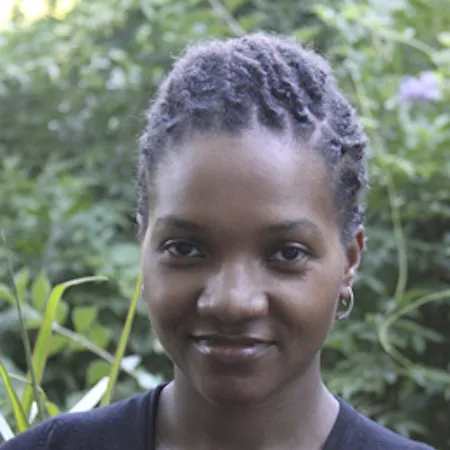Vegetated coastal ecosystems, also called Blue Carbon ecosystems, such as mangroves, salt marshes and seagrass beds, are highly efficient carbon sinks and have been shown to capture significant amounts of carbon into sediments and plant biomass. Mangrove-lined estuaries and coastal ecosystems are significant to global biogeochemical processes and regulate the structure, productivity and function of adjacent coastal ecosystems disproportionately to their land cover. Mangrove structure and biomass can vary considerably both on local and regional scales, resulting in large differences in estimates of aboveground carbon stocks. One of the main challenges to implementing carbon mitigation projects is measuring carbon, efficiently, effectively, and safely. In mangroves especially, the extreme difficulty of the terrain has made it difficult to collect field data to on the scale necessary to relate remotely sensed measurements with field measurements at accuracies required for REDD and other Carbon trading mechanisms. Our goals are to develop the methodologies for, and produce the initial remote sensing products necessary to implement an MRV (monitoring, reporting and verification) system in Coastal Blue Carbon ecosystems in collaboration with local in country and international partners
In this talk, Dr. Lola Fatoyinbo will present the trends in global mangrove canopy height, biomass, and carbon stocks from 2000 to the present based on space-borne Interferometric SAR data from SRTM and TanDEM-X, airborne LIDAR, Landsat and Sentinel. She will present the recently produced baseline global mangrove canopy height map for the 2000 epoch based on SRTM InSAR data, ICESat/GLAS LIDAR data and an extensive database of field plot measurements of mangrove structure worldwide. She will show the location of the tallest mangrove patches in the world and the relationships between mangrove height and carbon stocks with climate and environmental setting. She will then present more recent trends in mangrove growth, cover, and carbon stock changes, generated by using a combination of time-series analysis and updated aboveground carbon stock estimates derived from airborne LIDAR and high -resolution InSAR data.
Presenters

Lola Fatoyinbo
Dr. Temilola (Lola) Fatoyinbo Agueh is a Research Physical Scientist in the Biospheric Sciences Lab at NASA Goddard Space Flight Center, where she studies forest ecology and ecosystem structure using active remote sensing instruments. Lola received her doctorate in environmental sciences in 2008 with a focus on forest ecology of tropical wetlands. After earning her PhD, she received a NASA postdoctoral program fellowship at the Radar Science and Engineering Section at JPL, where her primary research focus was on using interferometric radar data to quantify tropical forest extent, height and...

Lola Fatoyinbo
Dr. Temilola (Lola) Fatoyinbo Agueh is a Research Physical Scientist in the Biospheric Sciences Lab at NASA Goddard Space Flight Center, where she studies forest ecology and ecosystem structure using active remote sensing instruments. Lola received her doctorate in environmental sciences in 2008 with a focus on forest ecology of tropical wetlands. After earning her PhD, she received a NASA postdoctoral program fellowship at the Radar Science and Engineering Section at JPL, where her primary research focus was on using interferometric radar data to quantify tropical forest extent, height and biomass through the development of radar-lidar fusion algorithms. In 2010, Lola joined Goddard’s Biospheric Sciences Laboratory. Her current research focus is the fusion of optical, SAR and lidar data to quantify forest structure, biomass, extent and degradation. She is the Principal Investigator on the P-band EcoSAR SAR instrument and PI/CO-I on several other NASA-funded projects. In 2012, she was the recipient of the Presidential Early Career Award in Science and Engineering for her efforts on merging scientific priorities with advanced technology to develop innovative remote-sensing instrumentation for carbon-cycle and ecosystems science.